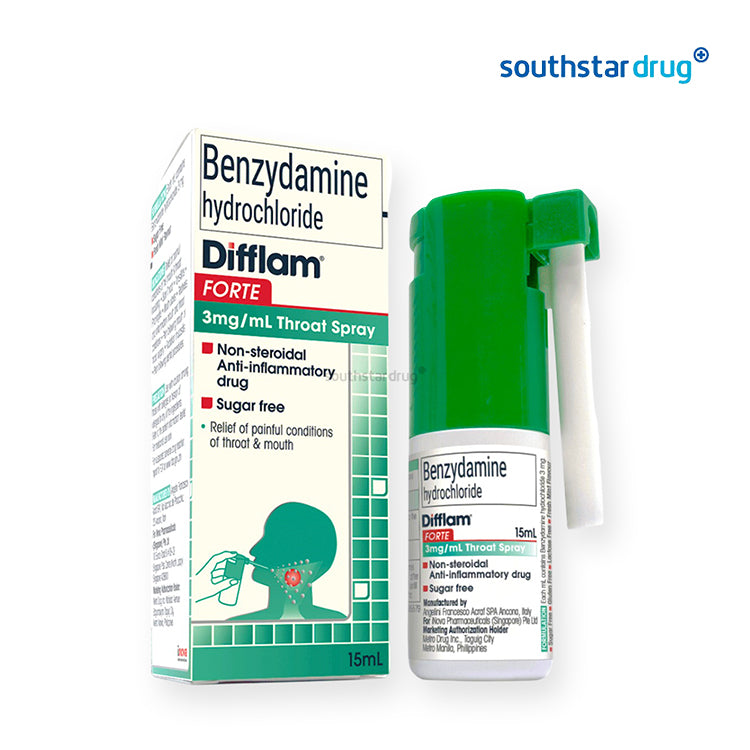Baby Corner
Sidebar
Mosquito Repellent for Babies
Published by: Southstar Drug
Feeding your baby the right food is one of the most important things you’ll ever...
WHAT IS THE BEST BABY FOOD?
Published by: Southstar Drug
Feeding your baby the right food is one of the most important things you’ll ever...
2nd Month: Look at them Giggles!
Published by: Southstar Drug
Hi Mommy!Congratulations! You’ve just gotten past the newborn phase! In this second month, you’ll...
SHIFTING TO FORMULA MILK
Published by: Southstar Drug
Are you planning to shift to formula milk but find it confusing because there are...
Natural Baby Skin
Published by: Southstar Drug
As mommy you want to give your little one the utmost care that you can...









